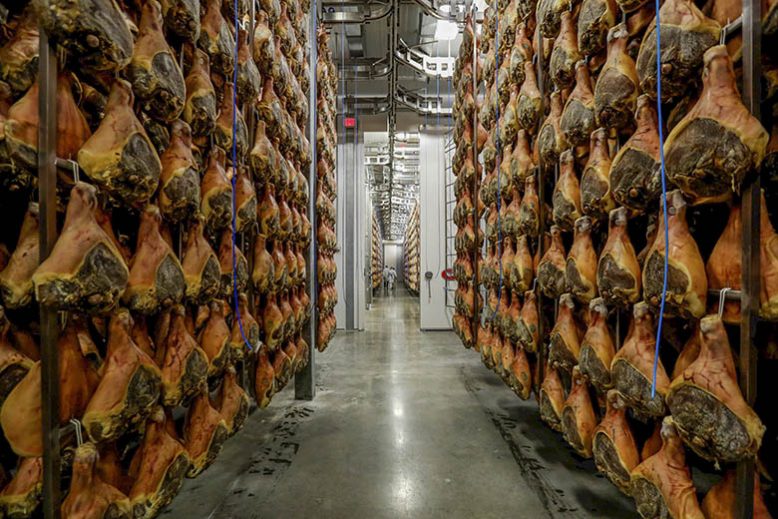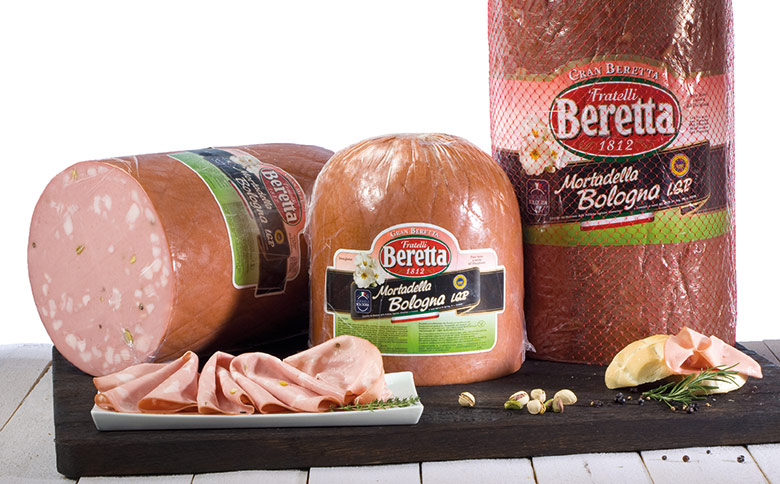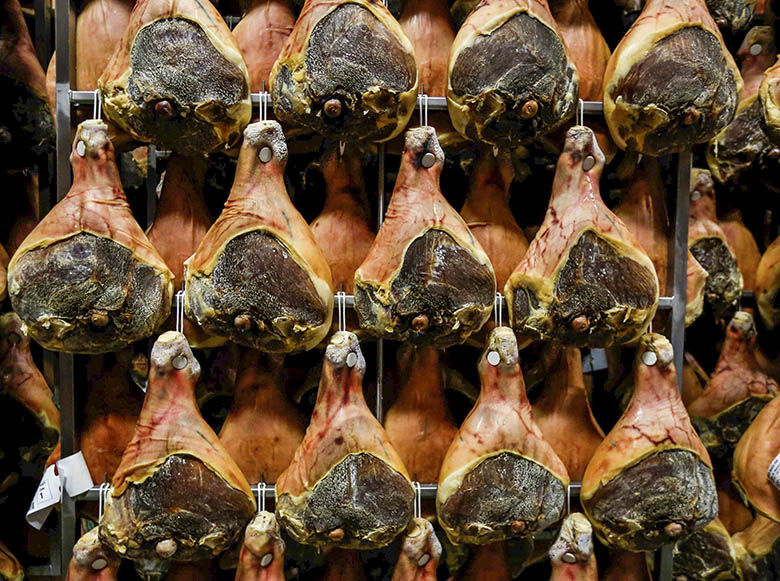
In Mount Olive, the Fratelli Beretta company is bringing hundreds of years of Italian meat-curing expertise to creating fine salamis, prosciutto and hams.
The company, founded in 1812 in Barzano, in northern Italy, is now in the hands of the eighth generation of Berettas. Although they have been making Coppa ham products in a small Hackensack facility since 1997, it wasn’t until last year that the Berettas went large-scale with the opening of their state-of-the-art facility in Mount Olive.
“The Beretta family is in love with New Jersey,” says Simone Bocchini, president of Fratelli Beretta, USA, Inc. “It is our point of entry, our starting point here in America.
Bocchini credits “the new foodies and cooking celebrities” with informing Americans about the delights and varieties of salumi (what the French call charcuterie). Recently, Bocchini tutored me in basic terminology.
For example:
Coppa is dry-cured, boneless pork shoulder
Mortadella is soft, wide, finely ground Bologna-style sausage cooked with myrtle berries and pistachios

Photo: Courtesy Fratelli Beretta
Salami is fine-to-medium ground pork, dry-cured with wine, garlic and spices

Salame. Photo: courtesy Fratelli Beretta
Sopressata is coarsely ground pork that is often dry-cured with pepper
Pancetta is aged pork-belly bacon
Prosciutto is salted, dry-cured, whole ham leg, served in paper-thin slices
The process of creating prosciutto, as with most salumi, grew out of a need to preserve meats beyond the season in which they were harvested. A great deal of patience is involved.
Traditionally, prosciutto begins with the slaughter of the fatted pig in December.
“Growing up in Spoleto,” says Bocchini, “it was typical to experience this from [earliest childhood].”
At the Beretta plant in Mt. Olive, the prosciutto-making begins with 28-pound, American-bred, bone-in legs being machine-massaged with salt. Then workers hand-massage the legs to make sure that every opening is firmly packed with the preserving crystals to keep out any dirt or bacteria that might cause the meat to spoil.
The legs are laid horizontally and placed in a 38-degree room that Bocchini refers to as “our December.” In that room, for one week, the salt begins to draw out all the moisture. The legs are then washed and re-salted for hanging in further rounds of refrigeration.
They move from one refrigerated room to the next. As they go, the salting eventually ends and a protective coating of fat is applied to keep the surface from over-drying. Over the course of ten months, the drying process continues as the product moves from colder to warmer storage, mimicking seasonal temperatures. In the end, each leg, now a prosciutto, is about 35 percent lighter than its starting weight.

Hams aging at the Mount Olive facility. Photo: Courtesy Fratelli Beretta
Regular checks of color, odor and texture assure quality. Finally, the prosciutto is trimmed of excess fat and deboned. Some is shaved into thin slices, some is wrapped up for further storage and aging.
Bocchini calls the whole meticulous process “a bit of a leap of faith.”
When my lesson ended with a tasting, I could taste that the family’s leap of faith (and skill and patience) had been richly rewarded.
fratelliberettausa.com
800-628-2633

